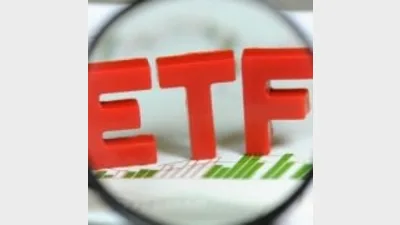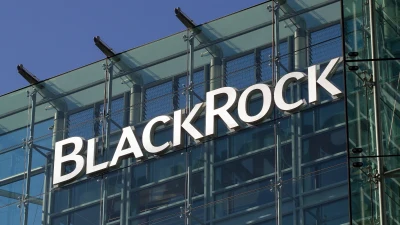Four-fold increase in ETF inflows



Assets in exchange-traded funds (ETFs) increased in October by four times as much as in September, driven almost entirely by net new money.
According to the monthly BetaShares ETF review, there was a market cap increase of $2.4 billion during October. This compared to $0.6 billion during September.
This represented an increase of 3.3% on the total ETF assets under management of $73.8 billion.
BetaShares said 95% of this industry growth had been driven by inflows as market performance was weak during the month.
“With global sharemarkets receiving mixed results (Asia and Australia rallying but US markets falling), ETF industry growth was almost entirely made up on net new money which totalled $2.3 billion out of the $2.4 billion of total industry growth,” it said.
The largest fund was Vanguard Australian Shares Index ETF which had surpassed $6 billion during the month, up from $5.7 billion. Launched in May 2009, the fund sought to track the ASX 300 index.
However, size was no guarantee of performance as the fund had lost 10.5% over one year to 30 September, 2020, versus losses by the Australian equity sector of 7.3%, according to FE Analytics.
The Vanguard fund was almost twice the size of the next-largest fund which was SPDR S&P/ASX 200 which was $3.5 billion in size.
Looking at which funds saw the bulk of the inflows, BetaShares said: “Equities exposure once again dominated net flows this month, as has been the case for most of the year, with relatively even flows recorded between international equities and Australian equities. While it was a distant third place, it was interesting to see bond products return to decent flows with both global and Australian aggregate/composite bond products growing well”.
Among the bond funds receiving the largest inflows during October were Vanguard Global Aggregate Bond Index (Hedged) ETF ($101 million), Vanguard Australian Fixed Interest Index ETF ($84 million) and iShares Core Composite Bond ETF ($77 million).
Unlike the Vanguard equity fund, all three of these funds were in positive territory over the same period with returns between 2.7% and 3.4%, outperforming their respective sectors.
Recommended for you
BlackRock Australia plans to launch a Bitcoin ETF later this month, wrapping the firm’s US-listed version which is US$85 billion in size.
Financial advisers have expressed concern about the impact including private market exposure is having on their tracking error budget, according to MSCI.
State Street will restrict its membership of global climate alliance Net Zero Asset Managers after the organisation dropped its flagship 2050 goals amid ESG backlash from the US.
Betashares has launched a global shares and a global infrastructure ETF as part of the firm’s strategic expansion strategy to support financial advisers in building more diversified portfolios.












